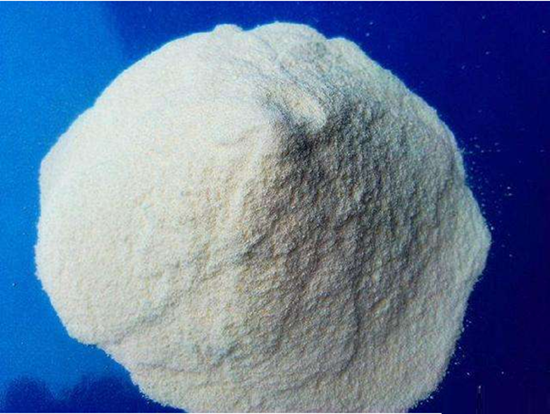Unraveling the Mysteries of Heparin Sodium
Introduction
Heparin sodium is the commercial sodium salt of the instable heparinic acid, an acidic mucopolysaccharide. Heparin is synthesized while bound to protein in the granulae of mast cells. For a long time, it was not possible to elucidate the structure of heparin on the account of the different origins and because of the presence of various accompanying substances, such as heparan sulfate, dermatan sulfate, and hyaluronic acid. The infrared spectrum of heparin sodium isolated from porcine mucosa has been recorded between 4000 and 600 cm−1 using a Beckman Acculab apparatus.
Heparin sodium is obtained by extraction from animal organs. The production of heparin sodium takes place principally in two steps: (1) the isolation of a more or less pure crude heparin and (2) subsequent purification of the crude heparin to obtain the parenterally administrable product. The various procedures for the preparation of crude heparin are based on the principle that heparin is withdrawn from the autolyzed or digested organs by means of alkali and after the separation of the protein-like accompanying substances, precipitated with alcohols or acetone as a barium or alkali salt.1

Sources
In the United States, heparin APIs are required to be obtained from porcine intestinal mucosa. Crude heparin is fractionated from intestinal tissue and consists of a mixture of heparin and other related GAGs, including heparan sulfate (HS), DS, HA, and CSA. The less sulfated GAGs are removed from crude heparin during a series of isolation steps in the manufacture of the API form. Heparin sodium can be processed further by chemical or enzymatic means to produce LMWHs.2
Detection
Recently, Cynthia D. Sommers and David A. Keire described a 96-well plate format assay for visual detection of oversulfated chondroitin sulfate A (OSCS) contamination in heparin samples based on a water-soluble cationic polythiophene polymer (3-(2-(N-(N0-methylimidazole))ethoxy)-4-methylthiophene (LPTP)) and he-parinase digestion of heparin. They establish the specificity of the LPTP/heparinase test with a unique set of reagents that define the structural requirements for significant LPTP chemosensor color change. For example, they observed a biphasic behavior of larger shifts to the red in the UV absorbance spectra with decreasing average molecular weight of heparin chains with a break below 12-mer chain lengths. In addition, the oversulfation of chondroitin sulfate A (CSA) to a partially (PSCS) or fully (OSCS) sulfated form caused progressively less red shift of LPTP solutions. Furthermore, glycosaminoglycans (GAGs) containing glucuronic acid caused distinct spectral patterns compared to iduronic acid containing GAGs. They applied the LPTP/heparinase test to detection of OSCS (g0.03% (w/w) visually or 0.01% using a plate reader) in 10 μg amounts of low molecular weight heparins (LMWHs; i.e. dalteparin, tinzaparin, or enoxaparin).
Furthermore, because other oversulfated GAGs are possible economically motivated adulterants (EMAs) in heparin sodium, they tested the capacity of the LPTP/heparinase assay to detect oversulfated dermatan sulfate (OSDS), heparin (OSH), and heparan sulfate (OSHS). These potential EMAs were visually detectable at a level of ∼0.1% when spiked into heparin sodium.
It can be concluded that the LPTP/heparinase test visually detects oversulfated GAGs in heparin sodium and LMWHs in a format potentially amenable to high-throughput screening.2
References:
[1] Heparin Sodium[J]. Pediatric Injectable Drugs, 2018, 30 1: 152-163. DOI:10.37573/9781585285402.127.[2] CYNTHIA D. SOMMERS D A K. Detection of Possible Economically Motivated Adulterants in Heparin Sodium and Low Molecular Weight Heparins with a Colorimetric Microplate Based Assay[J]. Analytical Chemistry, 2011, 83 18: 6913-7232. DOI:10.1021/ac201412z.
Related articles And Qustion
Lastest Price from Heparin sodium manufacturers

US $0.00-0.00/g2025-07-14
- CAS:
- 9041-08-1
- Min. Order:
- 1g
- Purity:
- ≥180U/mg/≥205U/mg
- Supply Ability:
- 1kg/month

US $0.00-0.00/g2025-04-24
- CAS:
- 9041-08-1
- Min. Order:
- 1g
- Purity:
- ≥180IU/mg
- Supply Ability:
- 10000g



